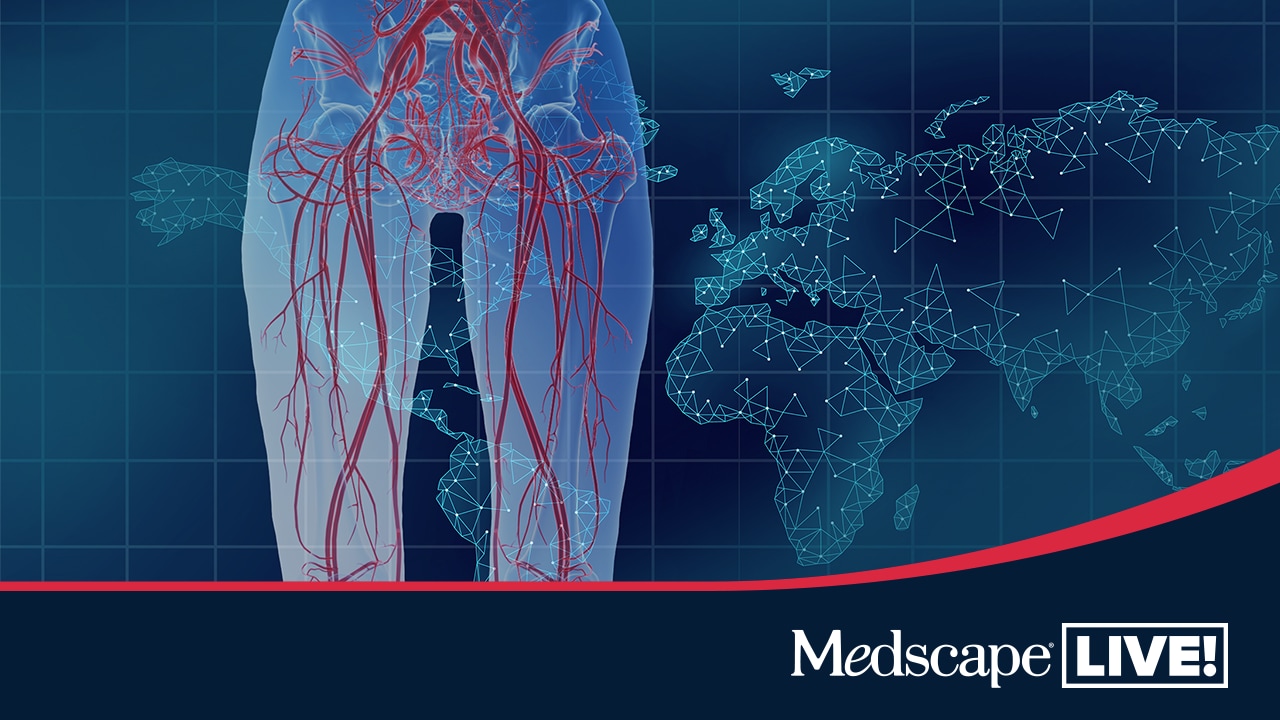Abstract and Introduction
Abstract
Introduction: NPWTi is a device that combines the benefits of traditional NPWT with periodic irrigation. This automated device allows for preprogrammed cycles of dwelling of a solution and negative pressure onto the wound surface. Its adoption has been hampered by the perceived difficulty of estimating the volume of solution needed per dwell cycle. A new software update includes an AESV that makes this determination for the clinician.
Objective: This case series of 23 patients presents the observations of 3 experienced users at 3 institutions who employed NPWTi with the AESV.
Materials and Methods: The authors subjectively assessed the wounds to determine whether the expected clinical result was achieved utilizing AESV on a variety of anatomical locations and wound types.
Results: The AESV demonstrated the ability to reliably estimate adequate solution amount in 65% (15/23) of cases. In wounds greater than 120 cm3, the AESV underestimated the amount of solution needed.
Conclusion: To the authors' knowledge, this is the first publication describing the use of AESV for NPWTi. The benefits and limitations of this software upgrade are reported and recommendations for optimal use are provided.
Introduction
NPWTi is a device that combines NPWT with intermittent dwelling of a solution (VAC Veraflo; 3M Inc). NPWTi is used for a wide variety of wound indications and anatomical locations.[1] The latest derivation of this device was introduced in 2013 and has steadily gained acceptance over the past 10 years. This rise in acceptance has coincided with a series of peer-reviewed publications that include a multicenter, randomized, controlled trial; a meta-analysis; and an economic model. NPWTi has been demonstrated to be superior to other wound therapies, including traditional NPWT, in such important clinical and economic considerations as: (1) bacterial counts, (2) time for wound conversion to a healthier state, (3) number of operative visits, (4) length of hospitalization, (5) likelihood of 30-day readmissions, and (6) overall health care costs.[2–4]
NPWTi is largely automated, with the flexibility to change the settings for duration of dwell and negative pressure based on clinician preference. The volume of solution instilled per cycle requires an estimation by the clinician. The estimate of solution amount is determined by the wound dimensions, anatomical location, and whether a bridge is utilized. This solution volume estimation is often difficult and can vary widely. There is a balance between providing enough solution to saturate the entirety of the wound bed while preventing the overestimation of solution volume needed. Overestimation can lead to loss of seal of the drape and periwound maceration. Clinicians who have experience with this device are able to identify this balance; however, new or infrequent users have anecdotally reported difficulty determining this estimation. Further, some clinicians have not attempted to use the device due to this perceived difficulty.
A new software upgrade on NPWTi provides for automatic calculation of the volume of solution needed (Smart Instill Feature; 3M Inc). This AESV is based on benchtop studies examining the saturation curves of the foam dressing as well as other variables (eg, fluid dynamics across an irregular surface)(internal data; 3M Inc). This software upgrade deliberately provides a conservative estimation of the volume of solution needed for a given wound. To the authors' knowledge, this is the first manuscript describing early observations for the use of the AESV through a case series across 3 different institutions of 23 patients for whom this NPWTi software upgrade was used.
Wounds. 2023;35(2):E82-E87. © 2023 HMP Communications, LLC











